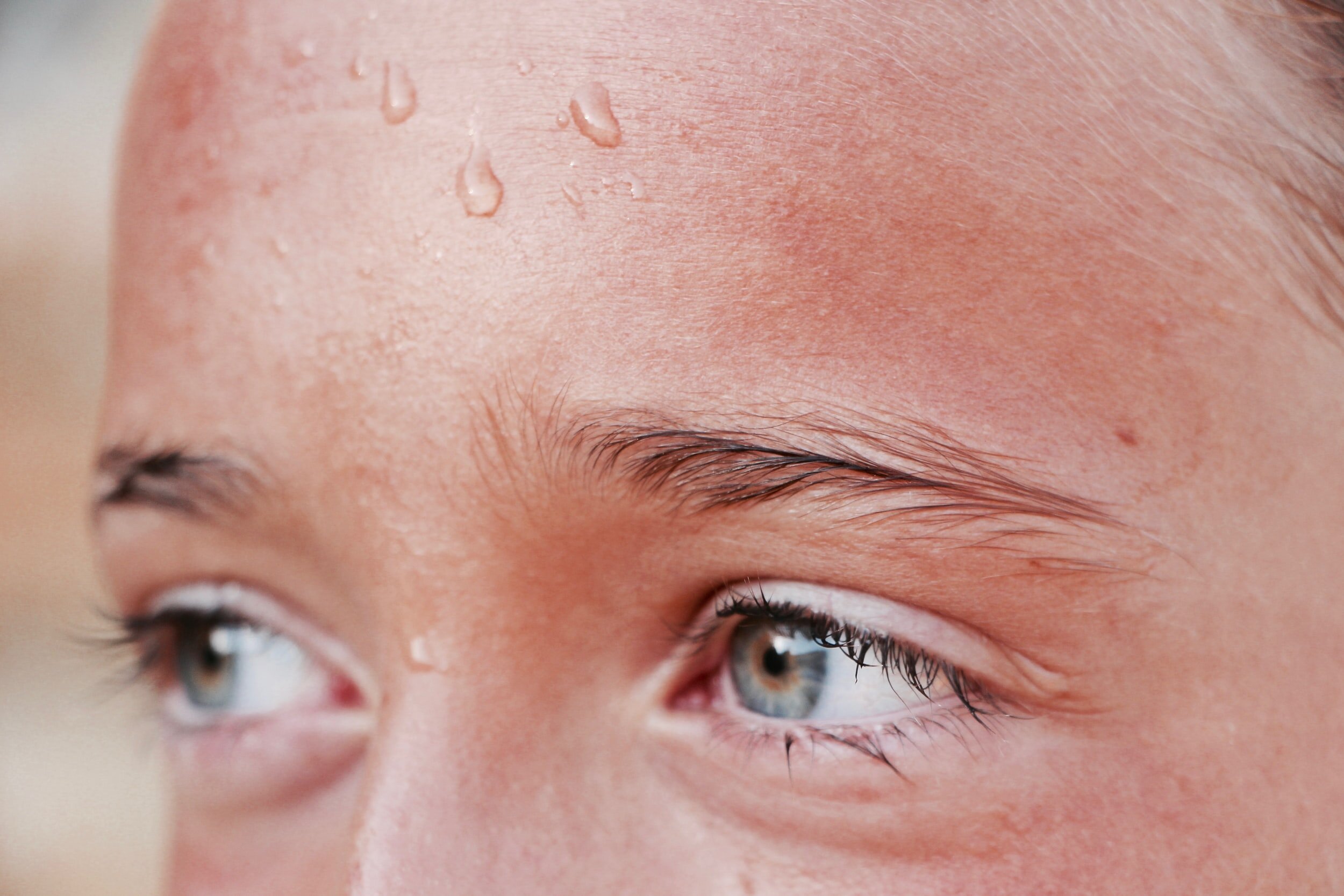Stay Chill: The Science Behind Evaporative Cooling
We’ve all broken a sweat before. When we’re working in the yard, on a run, or simply relaxing out in the sun and the heat starts to intensify, those tiny beads of water start to run off our skin and offer us some relief. But why? Is it because we’re wet and water makes us cooler? Well – not exactly – it’s because of evaporative cooling.
Continue reading to learn more about evaporative cooling and how it affects the human body.
What is Evaporative Cooling?
Evaporative cooling is a process of heat transfer between solid objects and liquids. The body’s evaporative cooling function is critical in keeping its heat at a safe level. When we sweat our body is essentially releasing a substance made primarily of water through our skin, in a manner similar to when water condenses on windows when a hot element is brought into a cold room. That water offers some relief from the heat but it’s when the water evaporates that the cooling effect truly begins to take place.
When internal heat, whether from your body, inside a window, or from any other moist object causes said liquid to evaporate, the heat transfers from that object into the liquid and pulls it away from the object. This is what causes your body, the window, or the object to cool down.
How Does Evaporative Cooling Work?
The way to properly understand the science of this cooling can be found by grasping the basics of evaporation.
As described in Scientific American, any liquid can evaporate if it is exposed to enough energy in the form of heat. The way this works is through heat energy breaking down the hydrogen bonds between molecules and allowing them to release into the air in a vapor state. Thicker, denser liquids are made of molecules that can make stronger hydrogen bonds and therefore have higher boiling points and higher heat of evaporation.
This means that a liquid with a lower boiling point and heat of evaporation will have a higher rate of evaporative cooling. This is because less heat energy is needed for that liquid to vaporize and the heat transfer away from a base object can take place faster and easier.
For example, if you cover one hand with water and the other with the same amount of rubbing alcohol on a hot day and monitor the rate at which they evaporate, as well as the amount that they cool your skin, you will find that the alcohol dissipates faster and cools your hand down more. This is because alcohol evaporates at a much lower temperature than water, meaning less energy is needed to begin the evaporative cooling process.
Applications
With an understanding of evaporative cooling, we can use the process to our advantage in a number of ways. ISHN describes how materials such as Polyvinyl Acetate, microfibers, and super absorbent polymer can increase the effects of evaporative cooling by absorbing heat and retaining water for longer, allowing liquids to evaporate off of surfaces for extended periods without becoming sodden. These materials are commonly used in clothing for physical industries and exercise garments to keep users cool.
Evaporative cooling technologies can also be put to good use when it comes to synthetic turf.
Synthetic Turf and Evaporative Cooling
One of the hardest things when it comes to synthetic turf care and maintenance is trying to work with the surface on hotter days. When the sun is beating down on synthetic grass the temperatures of said turf can get as high as 140ºF to 160ºF+ degrees. You can try to fight the heat by irrigating the turf all day but this is a disruptive and unsustainable way to work.
Enter TºCool, a patented cooling agent specifically designed to extend the effects of evaporative cooling on synthetic turfs, shown to reduce the temperature of turf by 30ºF to 50ºF+ degrees. TºCool is a solution that you cover the base infill of your turf with, and after it is hydrated with irrigation, rainfall, or even high humidity it offers long-lasting relief with the power of evaporative cooling.

